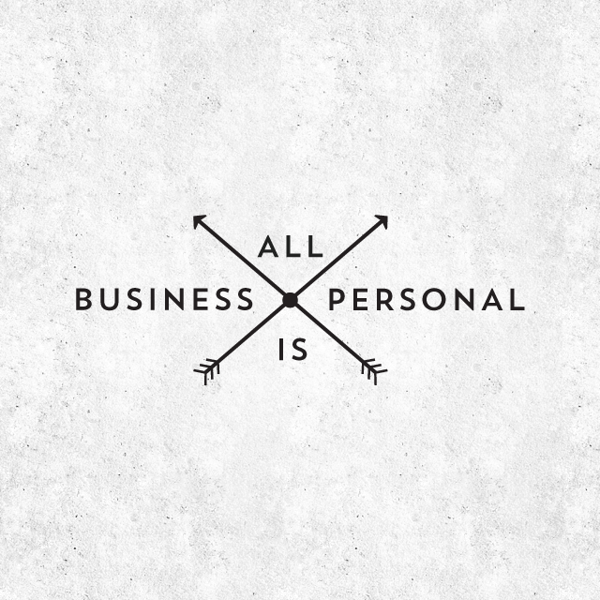On the Netflix corporate culture site, it describes the Keeper Test that managers use to put together what Netflix refers to as Dream Teams:
If one of the members of the team was thinking of leaving for another firm, would the manager try hard to keep them from leaving? Those who do not pass the keeper test (i.e. their manager would not fight to keep them) are promptly and respectfully given a generous severance package so we can find someone for that position that makes us an even better dream team
That’s a load of pressure on you, the supervisor or manager who has to make that decision. You know that “cutting” a player from your team will impact them emotionally, psychologically, and financially.
As much as the Netflix credo is “we are a team, not a family” you have likely grown close to people on your team as you push each other to be better.
You also know that how you handle that situation will reflect on your own Keeper Test, where someone else will decide if you should be on the managerial dream team.
As a new leader at Netflix, how can you make the most of the Keeper Test and still treat your team like family?
The key is using it early, before they’ve attended a single meeting, written their first line of code, or pitched the next big TV series.
If you don’t do it already, make the Keeper Test part of the hiring process. Change the question and make the hiring panel answer the question “Would you fight to ensure this candidate gets hired?” This is a great question for other team members on the panel as it recognizes their expertise and makes them feel accountable for that new hire once they join the team. Once they join the team, ask it frequently and often, looking for toxic behavior or a poor fit that was missed in the interview.
If you are coming into an existing team at Netflix as a new leader, you can also put the Keeper Test on the table right away. With each team member, you can outline the regular informal performance reviews you will have to ensure that goals and expectations are clear. Netflix even references this process on the same page:
Given our dream team orientation, it is very important that managers communicate frequently with each of their team members about where they stand so surprises are rare.
In other words, by the time you get to a formal review process and employ the Keeper Test, it should be no surprise to the team member when they are shown the door. And this is how you can still treat someone like family. Give them every chance to perform better and be clear on expectations and deadlines. Give them Netflix acceptable, tools, time, and coaching to improve. Be soft on them as people while staying hard on the facts.
And finally, don’t do it alone. Work with other managers who have gone through it or a coach who can provide advice and perspective.
Yes, it’s better for Netflix to be a team and not a family.
But it's better for you to lead a team that you treat like family.
———————————————————————
Are you a first time people manager who feels lost, overwhelmed, or like an imposter in your role?
I am Jason Scriven and I am a coach who works with first time people managers or managers in new positions. I will help you turn your insecurity about people management into a personal strength that gets you promoted into your dream job. Email me at jason@theaccidentalmgr.com to discuss how.







